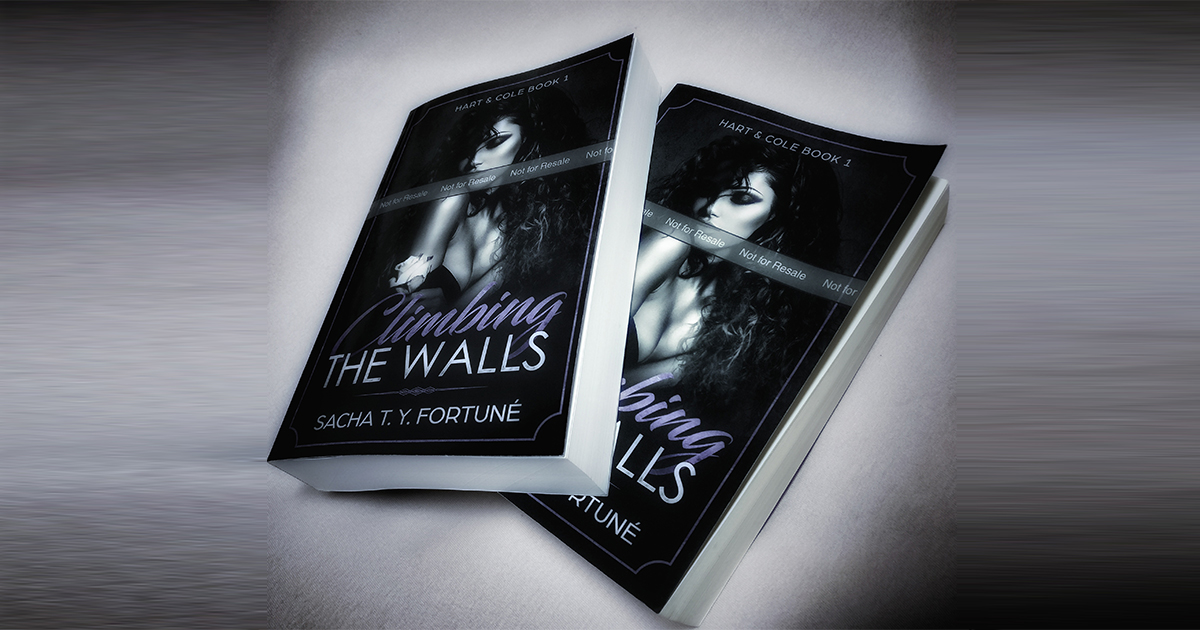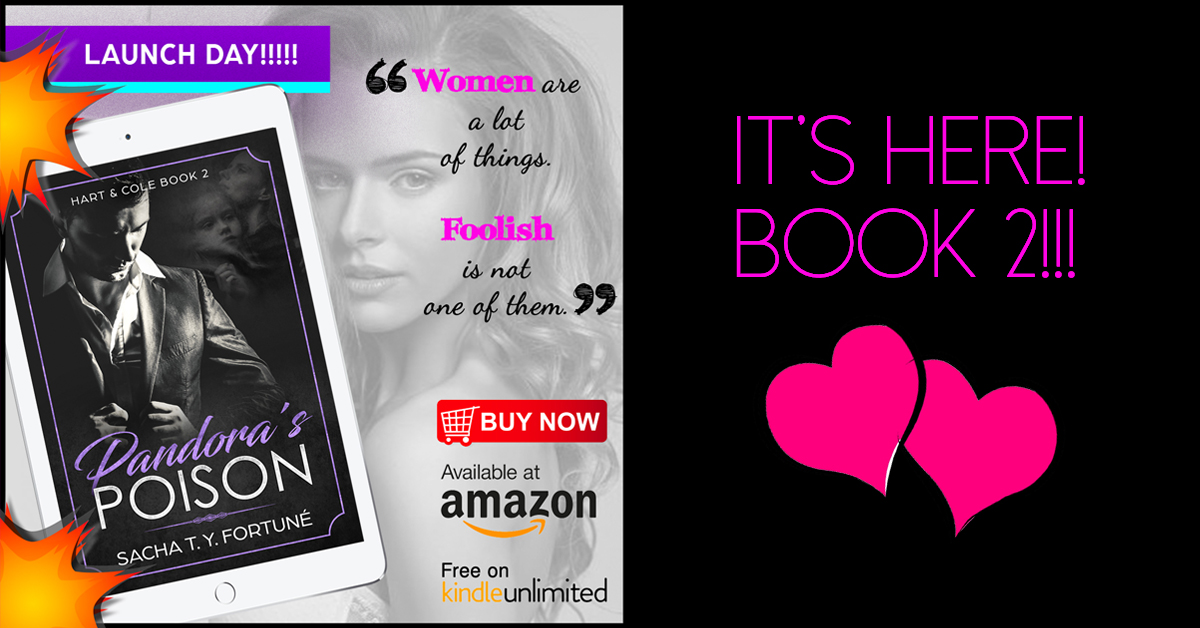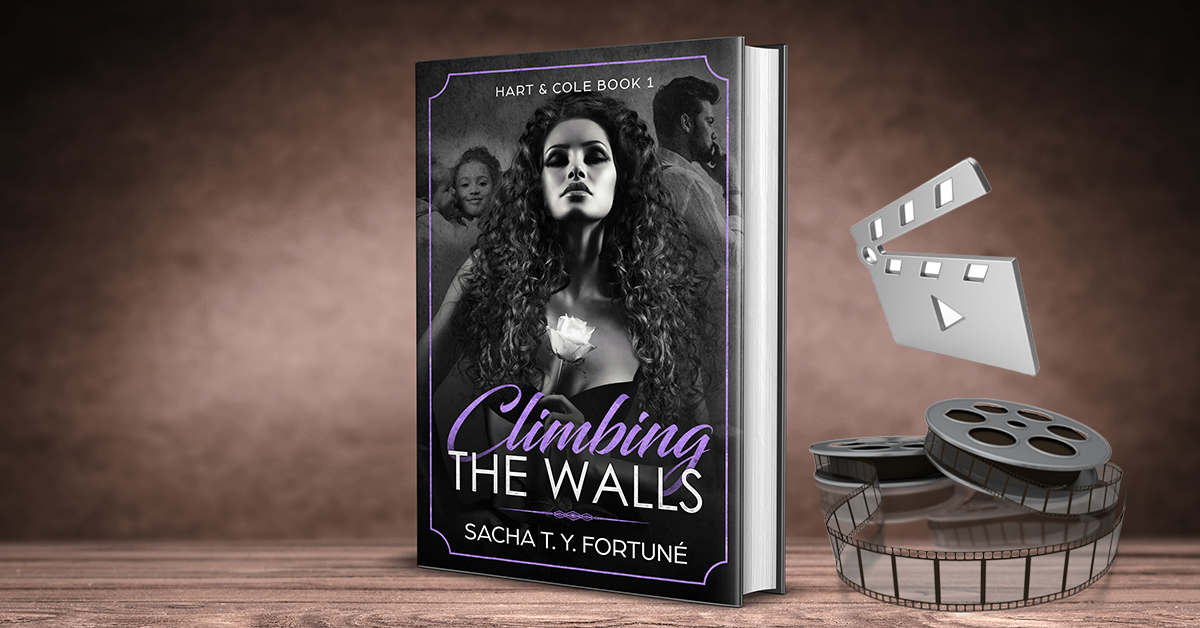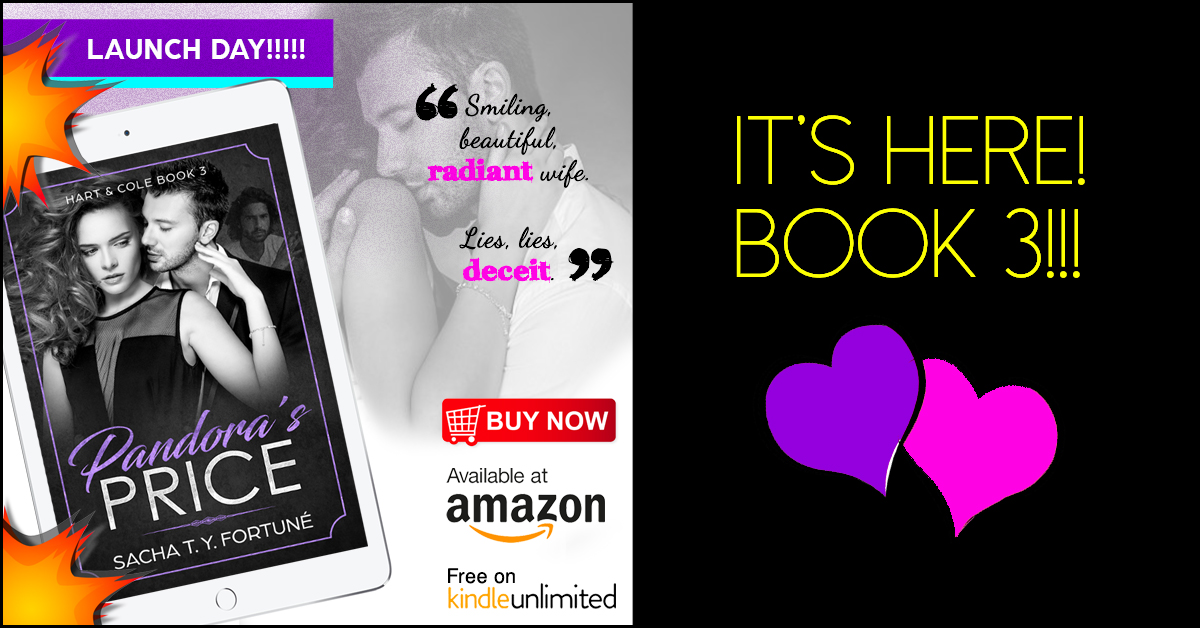Editing is Massacre: The Chopping Block
“I’m so, so, so sorry, Lee…” I’m almost in tears, as I delete an entire scene with one of my favourite characters.
But I’m down 50 pages already (woohoo!), and all the nips and tucks in the world won’t get me to where I need to go. I need to edit. I need to CUT.
“Climbing The Walls” (Book 1), was already a bit longer than it needed to be (a criticism I’ve received, and taken in stride).
I felt it myself, during the million-and-one edits, but I justified it: for the first book, you need to take a little time to introduce characters and “drop in” snippets of back stories, little kernels of jewels that you can fully pop and allow to bloom in a later installment.
But enough of Book 1.
For now, my mind and heart and soul are buried deep in Book 2…
…Of which, the first draft was already 200 pages longer than Book 1!!!
So… it’s chopping time!
What (Who?) to Cut
Lee — Alejandro Galeota — who is mentioned briefly in passing in Book 1 of Hart & Cole, and becomes a somewhat central character in Book 2 of Hart & Cole… Lee is awesome.
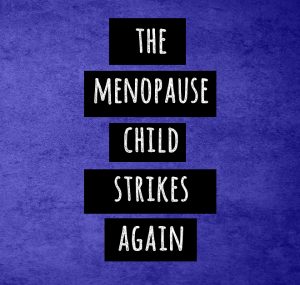
He’s Luisa’s little brother, and fiercest advocate. He’s Darren’s new protégé and business partner. He’s the children’s favourite uncle; and at only 21, he’s also a big kid himself. He’s dynamic, he’s supportive, he’s sweet, he’s lovable, he’s funny, and he has some of the best one-liners.
He’s also… well, not the point.
He’s there because he needs to be; he’s the reason certain plot points can move forward, and I’ve been thrilled to build his character out as fully as I can… but now, I can’t. I just can’t.
Editing a book is similar to a film or a TV show. I remember when I watched the Behind-the-Scenes/Making Of one of my favourite teen soaps, the iconic early-2000s One Tree Hill.
There was supposed to be an entire story arc of Peyton helping a troubled young girl, and… when it came time to cut… there just wasn’t. As they explained it, in the end…
You have a certain running time, and instead of tweaking every other scene to chip off bits and pieces to string together a story that still makes sense, you go with the easier option: just CHOP one section out entirely.
And, hard luck for the poor actor/actress who was about to make their debut!
After all, I’m sure we all remember the funny scene on Friends, “Joey’s Big Scene” where Joey faked a scene for his grandma, when his character got cut entirely, after he had invited all his friends and family to watch!
When to Cut: White Spaces
Every writer has a process.
I write in Microsoft Word, on a regular 8″ by 11″ letter-sized layout. I do this because I want to have a concept of pages and flow, and in terms of content I know what my chapters should look like, in that layout.
I write EVERYTHING, to start. The story happens in my head in its entirety — every single word of dialogue, every pause, every action, every look between the characters.
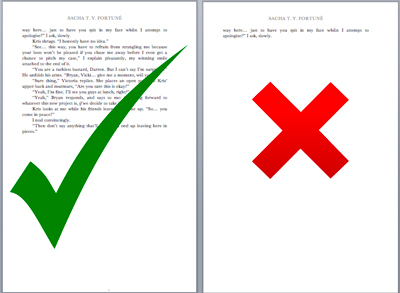
Then, I bring it into the template sized for publication (I’ve chosen 6″ by 9″ for Hart & Cole — you can download a sample template here). Here, I see where all the words actually fall, all the orphaned one-words dangling unnecessarily on a line by itself, or the very short page at the end of a chapter.
That’s where my cutting starts — tightening the white spaces.
Yes, you need to leave some of them, to be easy on the eyes, but it’s better to have a half-page or quarter that is blank, than a single line or maybe two on a page by itself!
So, some of the lengthy first draft, thankfully, gets tightened up naturally, once your goal is just to reduce white space.
How to Cut: Dialogue
I also write a lot, I repeat a LOT of dialogue. And there’s only so many times you need to write “he says/she asks”.
Yes, you need enough, so that the reader can follow who is speaking, but I focus on using their actions in between their words rather than identifying the speaker with “he/she says”.
For example, early in Pandora’s Poison (Book 2):
“I am just saying… we used to be friends, Luisianna.”
“No, Gianni.” I uncross my legs and pull my feet up, hugging my knees. “We’re just two people who used to f**k, a lot, a long time ago.”
And, a little later down, when Darren and Nicole see each other for the first time in weeks:
Nicole sighs. Her eyes drop to the box at her feet. “So I’m really fired?”
“You wanted to be fired, baby girl. Be careful what you ask for.” I smile ruefully, chucking my index finger in her direction.
Not once did I use the actual words of “speech”, but you know who’s talking. That way, you can get away with getting rid of about 50% of “he said/she said”.
So… dialogue, white spaces… woohoo! You get a few pages knocked off the top that way.
The real problem comes when you realise you’ve invested 20% into a secondary character, who really only needs 10% or less — no matter how much you love every single word you’ve written for him in every scene.
…So, I’m sorry Lee. I’ll try to do justice to you sometime later on!

